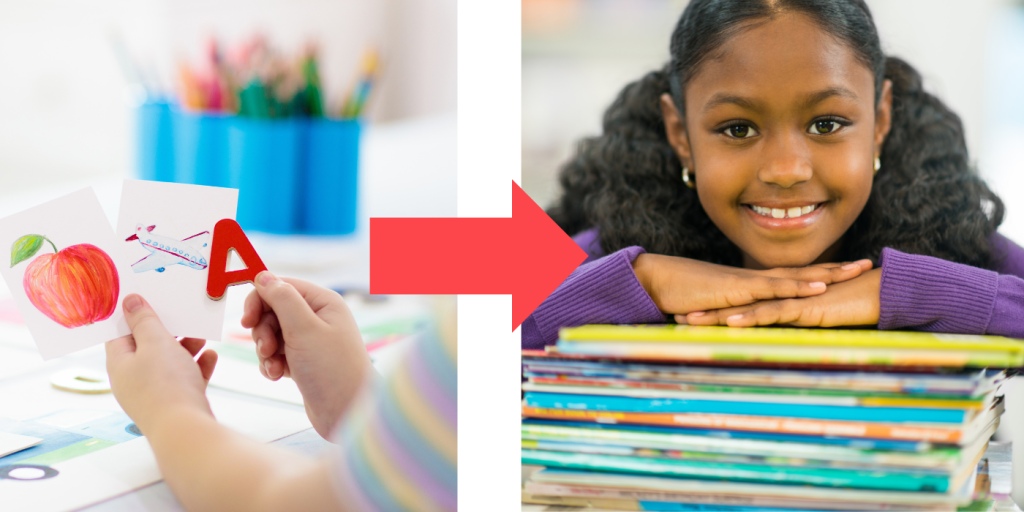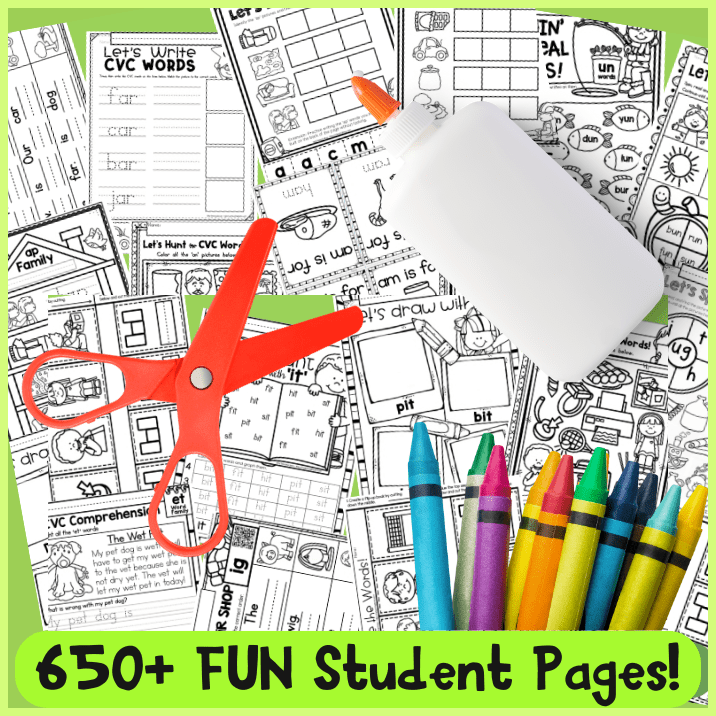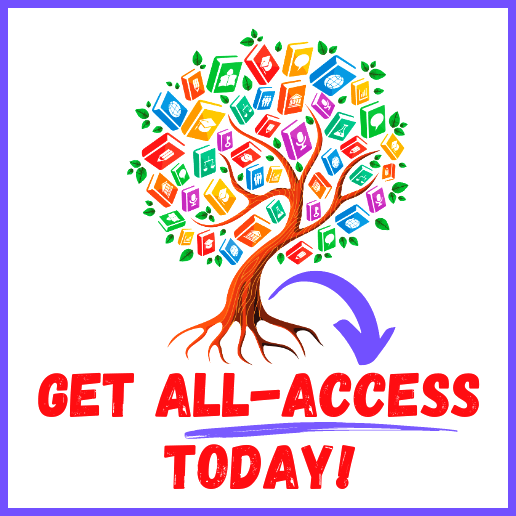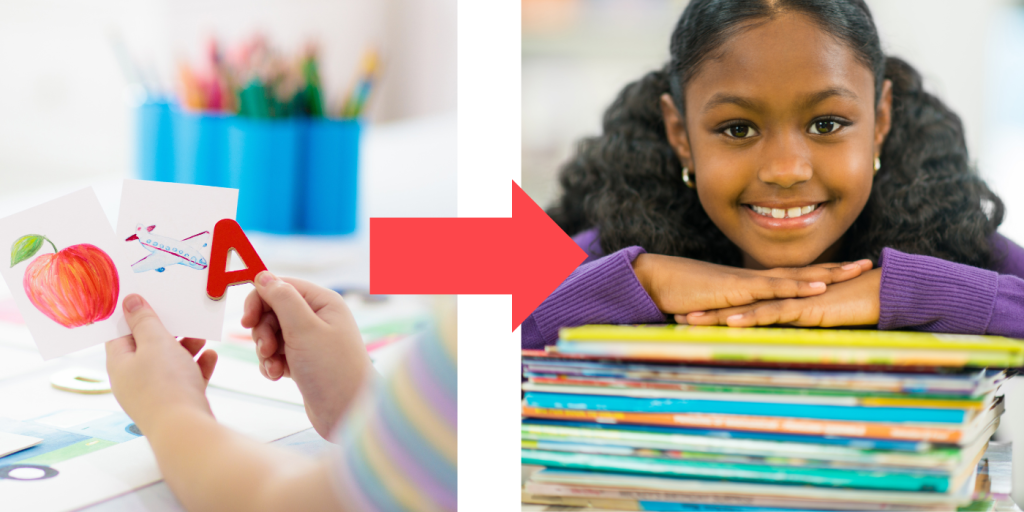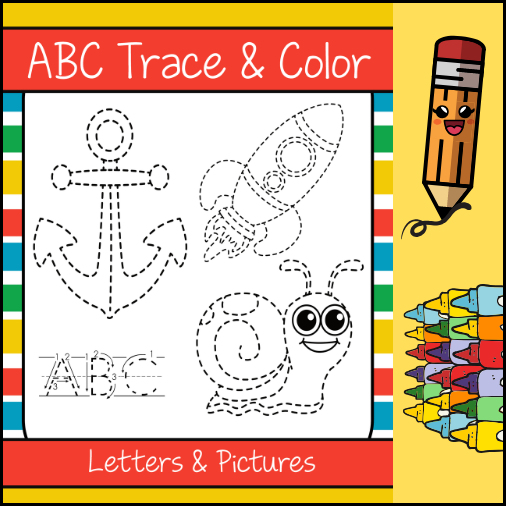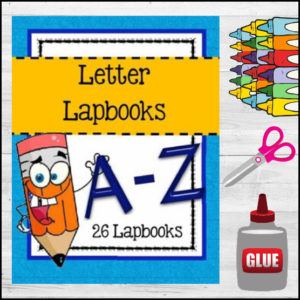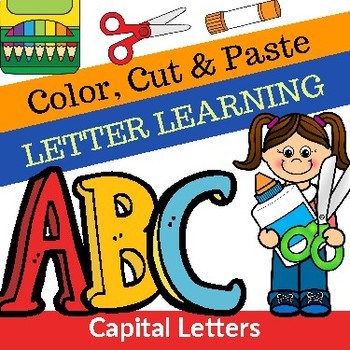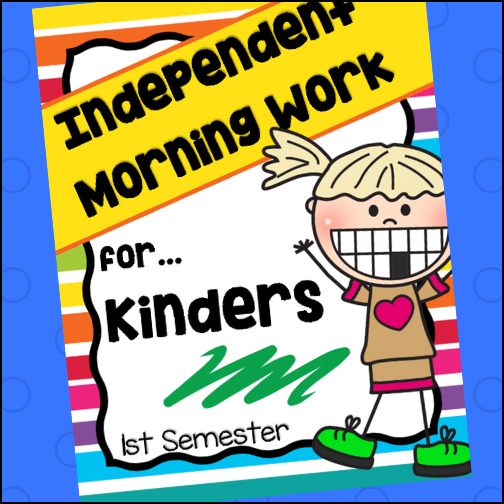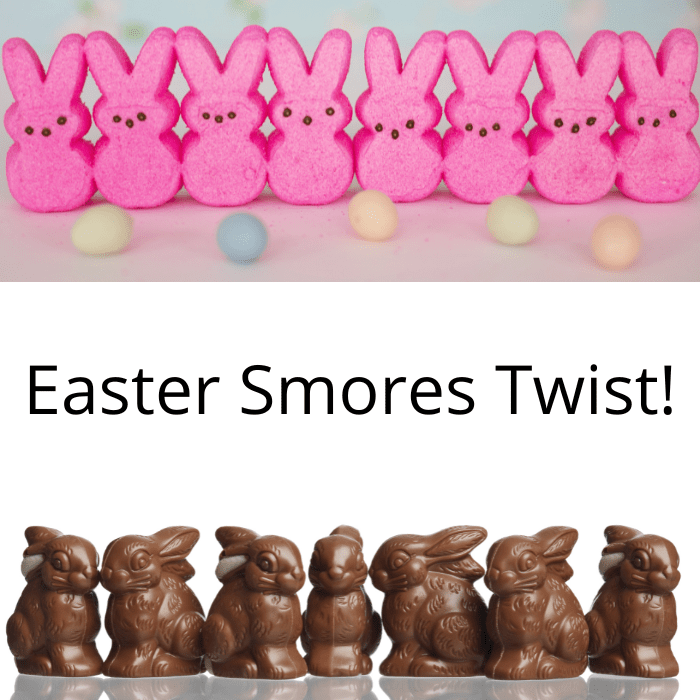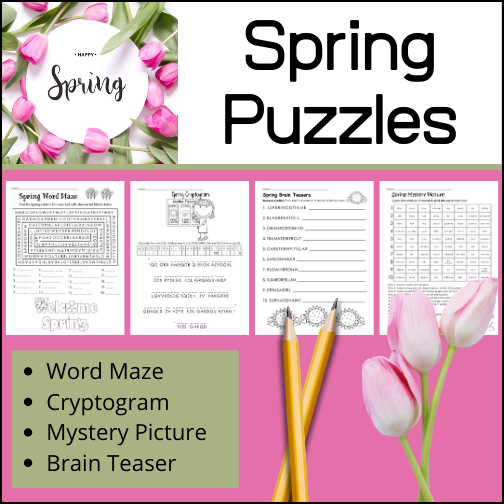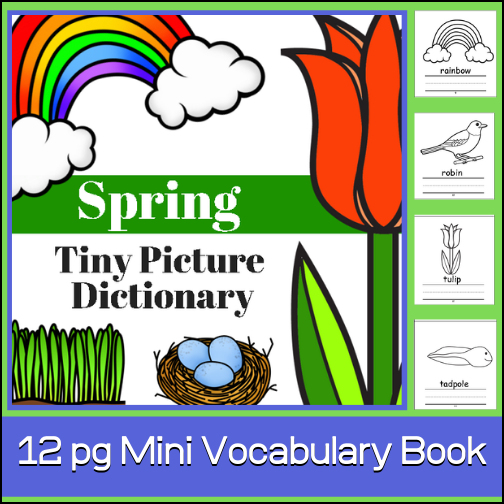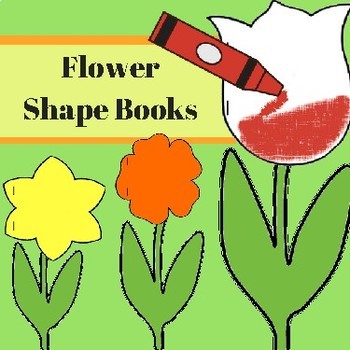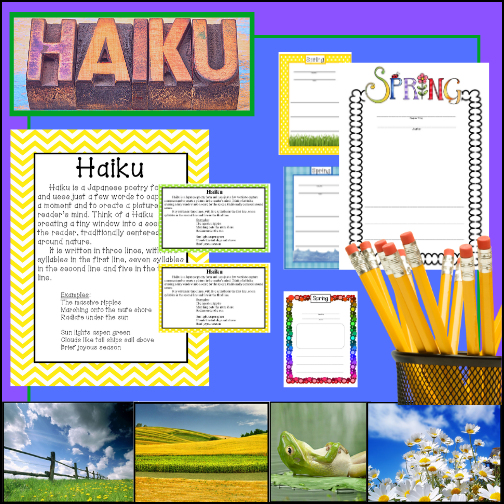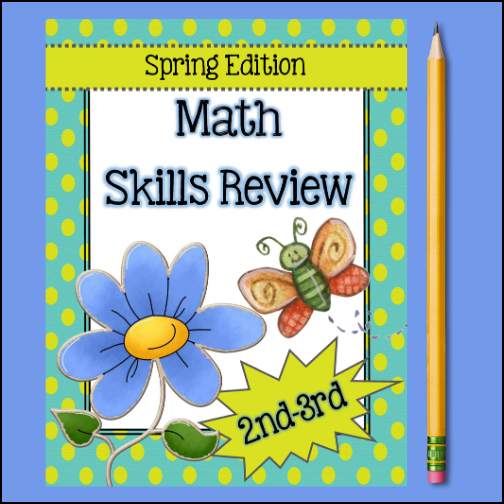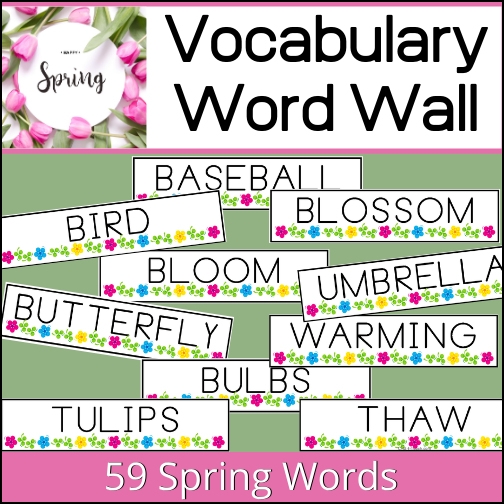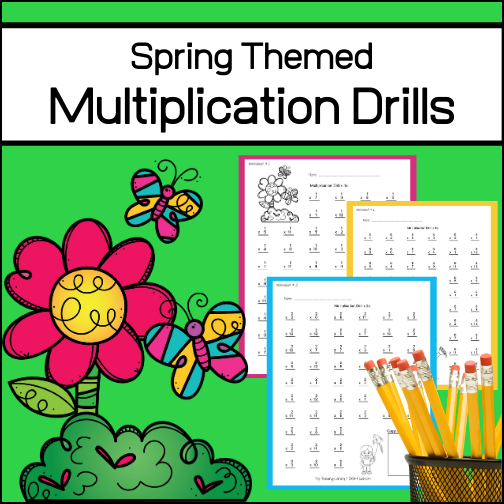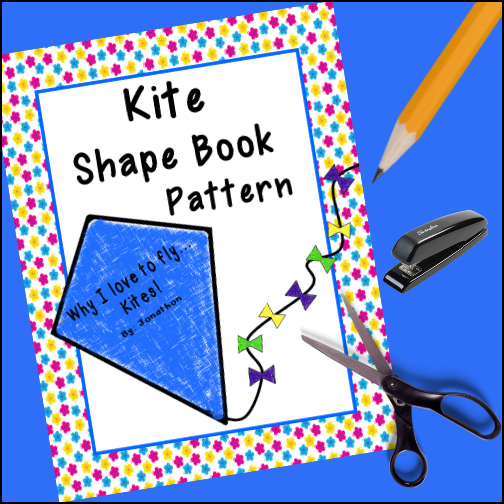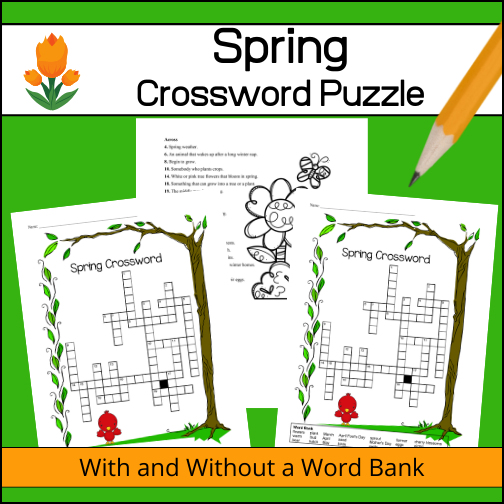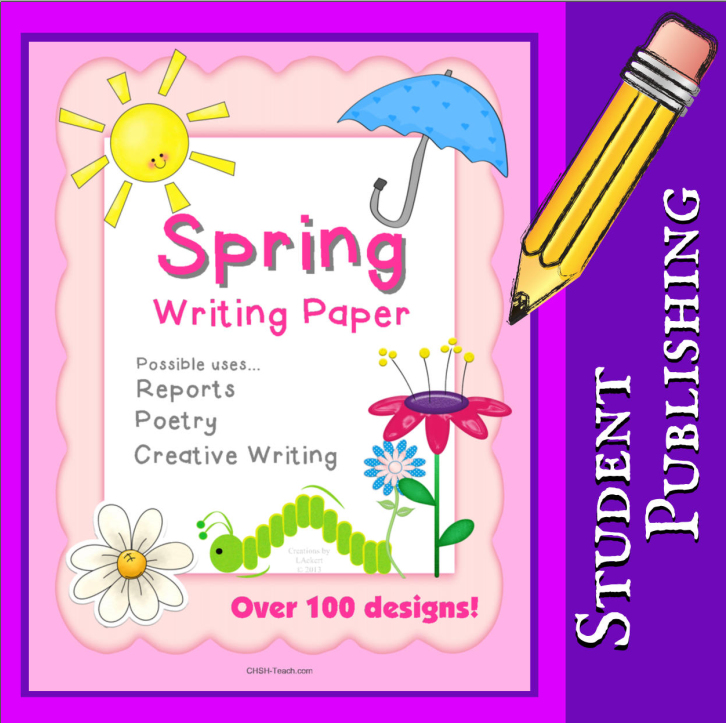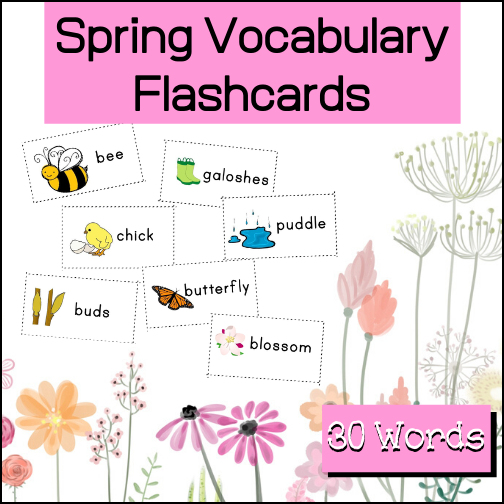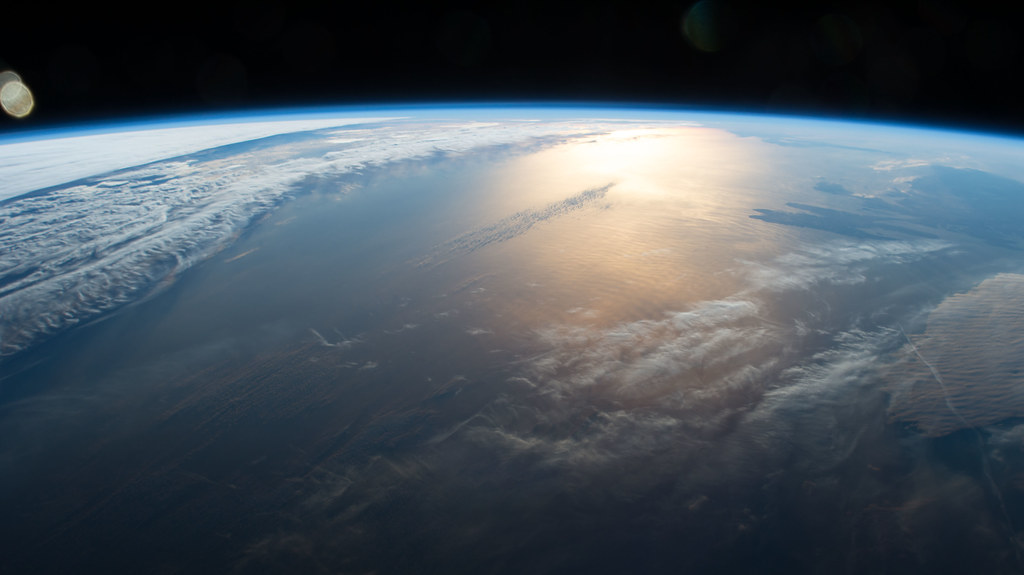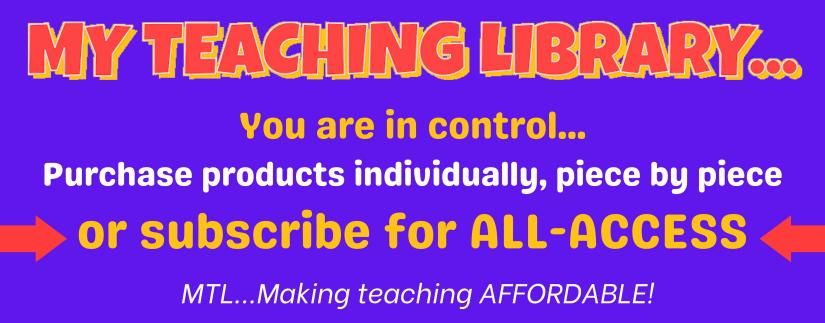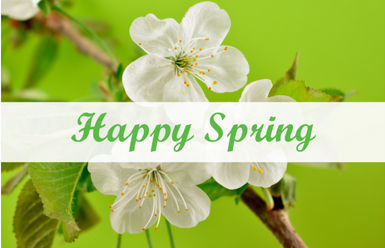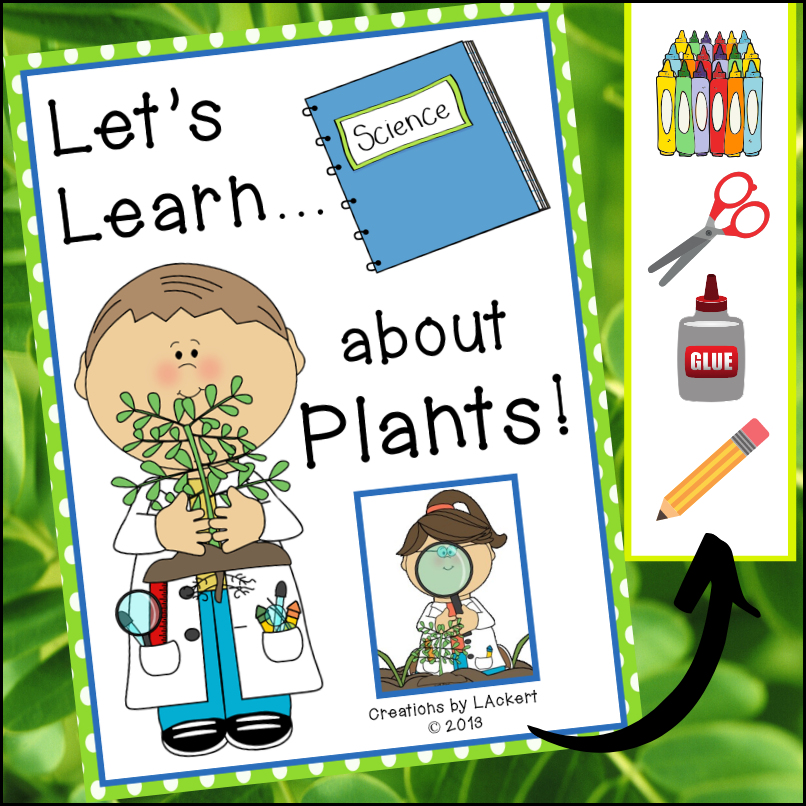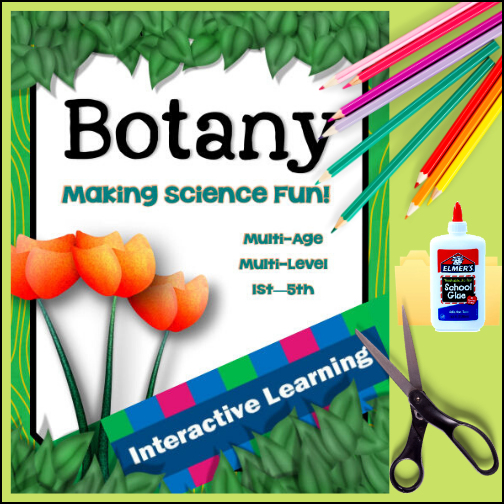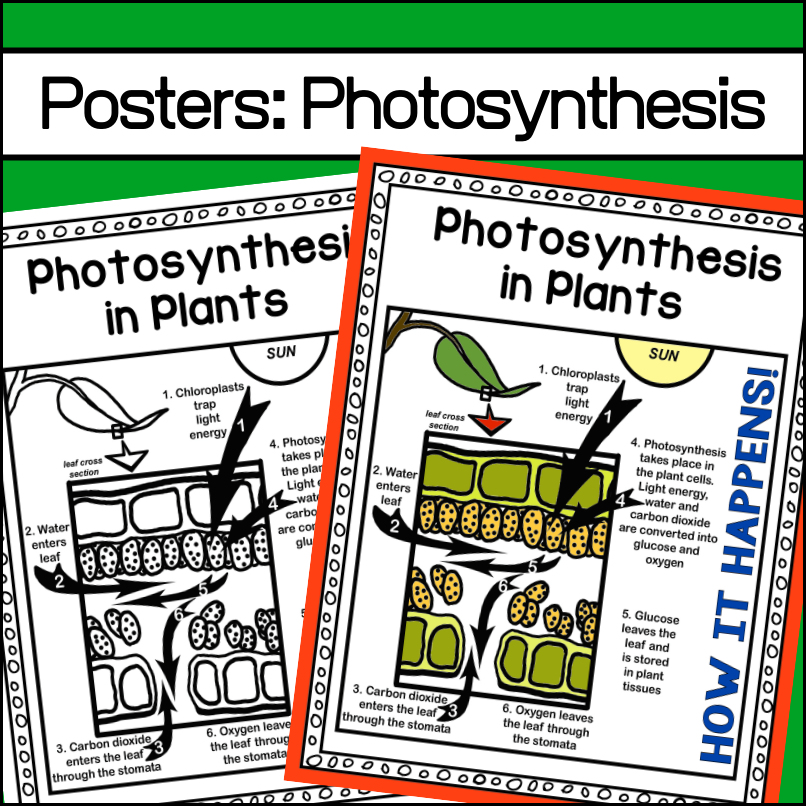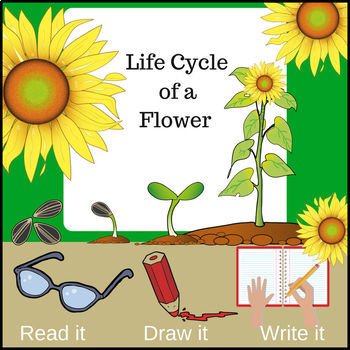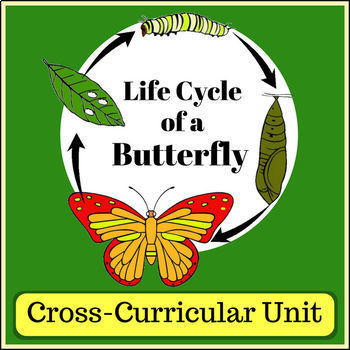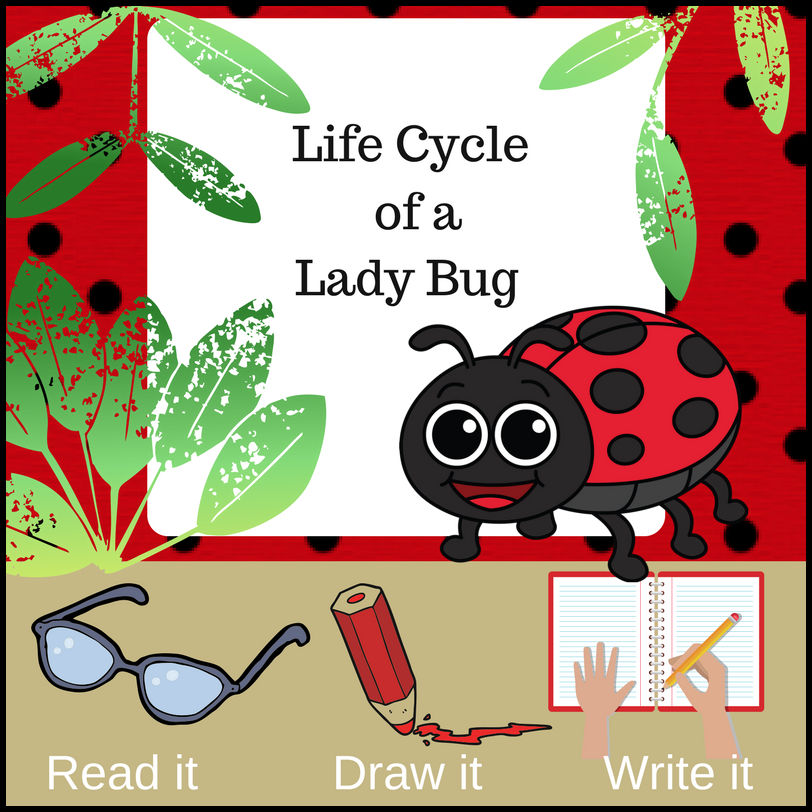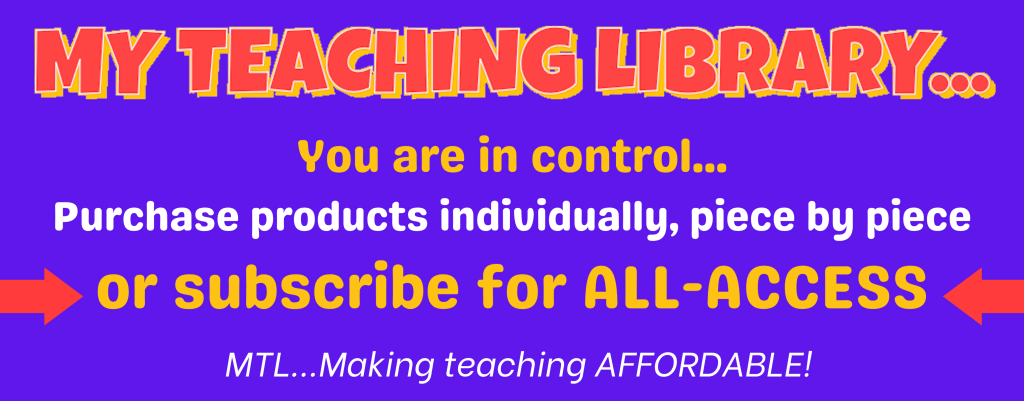My Teaching Library – Designed with the belief that every child is unique; every family has its own schedule and homeschooling does not have to cost a fortune.
EVERY CHILD AND FAMILY IS UNIQUE…HOME EDUCATION SHOULD BE THE SAME!
My Teaching Library is an award-winning, parent-recommended, comprehensive site, offering you flexible, child-centered materials for all core subjects PreK-12th grade which will allow you to create an educational experience designed just for your children and family!
As a parent, you will have the ability to select what you want to use, and when you want to use it, all based on your child(ren)’s abilities and skill levels while considering what works for your unique situation.
How is My Teaching Library different?

NOT PLACING YOUR CHILDREN IN A BOX:
Instead of a one-size-fits-all boxed curriculum, you will find a variety of educational materials designed to give you and your child(ren) choices. Because every child is unique, they learn at different rates and may have different learning styles!
Boxed (prepared, step by step, created for the masses) curriculum sets simply are not designed for the individual but are based on whatever the creator believes will be the pace and learning style of the children using them. What may seem to be a simpler, easier option for parents, (a boxed, set curriculum), can easily end up as an expensive investment that is thrown to the side and never completed because it just ‘wasn’t right’ for their child(ren).
My Teaching Library puts an end to the purchasing of expensive curriculum designed for the masses. On My Teaching Library, you will find materials that exemplify excellence while providing a fun, varied learning journey. One that is parent-chosen and led.
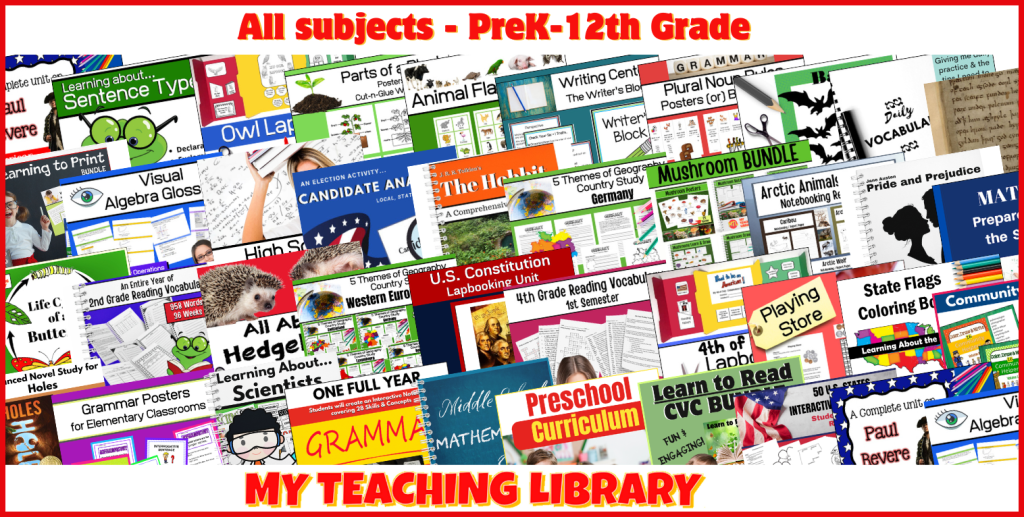
MEETING YOUR CHILDREN WHERE THEY ARE:
Instead of a ‘grade-level’ only focus, a greater focus is placed on teaching needed and required skills and concepts as each child progresses through their educational journey. On My Teaching Library, you’ll easily be able to navigate from the home page to a list of skills and concepts divided by the grade(s) in which they are typically taught as a guide.
These lists will guide you as the parent, to take full control of your child(ren)’s educational journey by choosing what is right for them at any given time.

If your child is excelling in a particular subject, why hold them to a boxed, grade-level curriculum where boredom sets in and the love for learning dies? If your child is not at grade-level in a subject, why set them up only to struggle to complete a grade-level curriculum only leading to frustration and tears?
These skills and concept lists are divided into the following categories to act as your guide:
- PreK-Kindergarten
- 1st – 3rd grades
- 4th – 5th grades
- 6th-8th grades
- 9th-12th grades

You will also see an amazing array of “top suggested resources” ready to use, plus there are thousands of additional resources available to you on the site that can be easily found through the online catalog.
MAKING HOME EDUCATION AFFORDABLE:
Instead of paying for expensive curriculum sets or paying piece by piece for individual products from different providers, My Teaching Library offers an unlimited, very affordable, All-Access family membership. All-Access members have unlimited free access and a license to use everything on the site for the term of their membership. There are two membership plans available: annual and lifetime!

GIVING YOU INSTANT ACCESS:
All materials are same-day accessible! That is because everything is digital. You simply need to download, print and use it. No paying for shipping or waiting for materials to arrive. Whether you are looking for a full year’s worth of materials or want to add a fun, same-day, out-of-the-box, interest-driven lesson, you have everything at your fingertips instantly!
READ WHAT MEMBERS ARE SAYING:
“I personally love the fact I can find everything I need to make my homeschool journey easier right here.” Sharing Life’s Moments
“Thanks MyTeachingLibrary.com for compiling such an amazing amount of material!” Renaissance Mama
“As a homeschool mom of five kids (ranging in ages from 4-13), I am always on the lookout for curriculum or resources that will make my life easier and my planning quicker. Enter: My Teaching Library!” My Full Heart
“What we love about this program: It is so incredibly flexible! I would say this is the perfect site for educational resources simply because there is so much available on it!” Jenny


